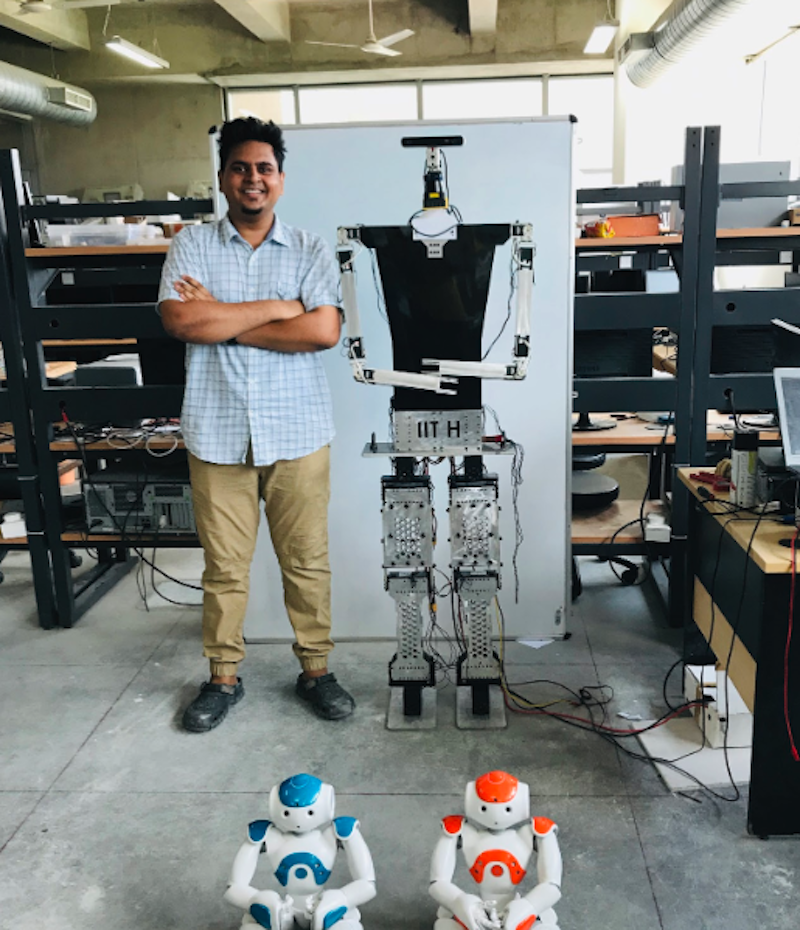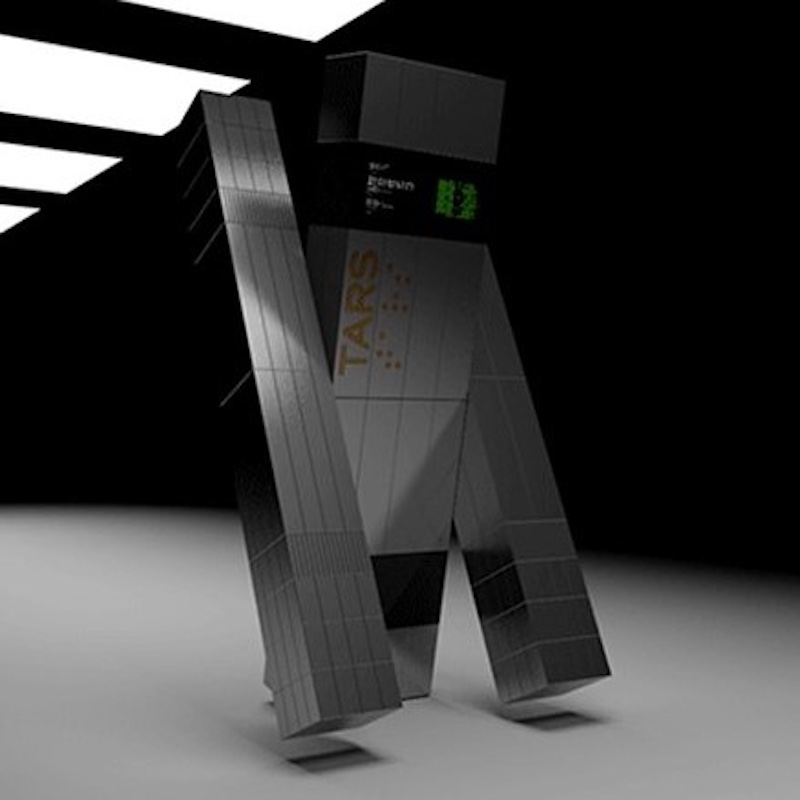A young roboticist’s late-night experiment has evolved into one of the year’s most original “humanoid” (if it can be called that) concepts – a robot that looks more like a collapsing sculpture than a machine, yet somehow walks, rolls, and balances across multiple terrains.
Aditya Sripada, a graduate of Carnegie Mellon University’s Robotics Institute and a senior robotics engineer at Nimble.ai, has developed TARS3D, a small modular robot inspired by NASA’s fictional assistant from Interstellar.
The project, which he describes as “a desire to reconnect with the simple joy of building robots”, has now earned global recognition, being named a finalist for the Mike Stilman Award at the 24th IEEE RAS Humanoids Conference in Seoul – one of the most prestigious events in humanoid research.
In an email to Robotics and Automation News, Sripada wrote: “There was no lab, no funding, no affiliation, just late nights and weekends and a desire to reconnect with the simple joy of building robots.
“The first prototype barely stood, the second took a few shaky steps, and seven iterations later came TARS3D, a small robot that could both walk and roll, drawing inspiration from rimless wheel dynamics.”

In shape, TARS3D resembles a cluster of rectangular limbs – long oblong cuboids connected in a way that seems too unstable to move, yet it does.
The design echoes the original TARS from Interstellar, the blocky, adaptive robot that accompanied astronauts across alien worlds.
But while that version was cinematic fiction, Sripada’s robot is grounded in real research on adaptable locomotion – and could have practical applications for NASA and planetary robotics.
“To the best of my knowledge, this is the only recreation of TARS that can both walk and roll,” he said.
Together with longtime collaborator Abhishek Warrier, Sripada explored reinforcement learning-based control for the robot’s gait, combining “first-principles physics with modern learning techniques” – a hybrid approach that, he says, “opens new directions for adaptable and efficient locomotion in humanoid systems; a step toward robots that can operate seamlessly across terrains and tasks”.
The research paper, titled Walking, Rolling, and Beyond: First Principles and RL Locomotion on a TARS-Inspired Robot, was presented at Humanoids 2025.
Sripada says the project “reminded me why I fell in love with robotics in the first place – the wonder, the patience, the heartbreak when things fail, the quiet euphoria when they finally work, and the feeling that somewhere in the process, you discover a small new truth about motion, persistence, and yourself”.
NASA has long sought robots capable of both walking and rolling – an ideal hybrid for lunar or Martian missions, where terrain can range from rock to dust to crater.
TARS3D’s minimalist frame and dual-mode locomotion could make it especially useful for autonomous exploration, transport, or field assistance in extreme environments.
“Sometimes, the most meaningful work begins with nothing more than curiosity and the willingness to see where it leads,” Sripada reflected – a fitting philosophy for a robot born from imagination and late-night experimentation, now catching the attention of the global robotics community.



